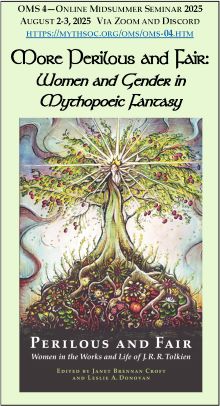Abstract
The Hobbit is undisputedly influenced by Germanic sources such as Beowulf, the Völsunga Saga and both the Elder Edda and the Prose Edda. While there is no reason to deny this result of criticism, I argue that acknowledging the aforementioned sources should not constitute a reason to deny the potentiality of other sources from other cultural areas. The similarities between The Hobbit and a famous tale from the Arabian Nights, Ali Baba and the Forty Thieves, offer a chance to investigate a much wider potential field wherein to look for shared motifs when only considering the list of analogues to the latter tale, featuring German, Greek and Chinese versions. The fundamental theme of cupidity, as evidenced by the type AT-763, is also represented, besides by The Pardoner's Tale by Chaucer, which Tolkien assuredly knew, also by many other different versions encompassing a large field of cultural areas. Tolkien's comments on the genealogy of many fairy tales, included in a draft of his lecture On Fairy-stories, offer us evidence that he was aware of these cultural phenomena and pretty much interested in them, thus corroborating the statement I am advancing, i.e. since Tolkien was an expert of Folklore as much as many philologists (e.g. Grimm brothers) back then were, there is no reason to limit the field of enquiry of the sources for his works within the strict boundary of the Germanic Middle Ages.
Creative Commons License

This work is licensed under a Creative Commons Attribution-NonCommercial-No Derivative Works 4.0 International License.
Copyright held by Artist


